5 deadly situations from which a person emerged victorious
Categories: Catastrophes | History
By Pictolic https://pictolic.com/article/5-deadly-situations-from-which-a-person-emerged-victorious1.htmlSurvival in extreme situations requires a person's endurance and unshakable faith that there are no hopeless situations. We present five stories, the heroes of which managed to survive in the most difficult conditions.
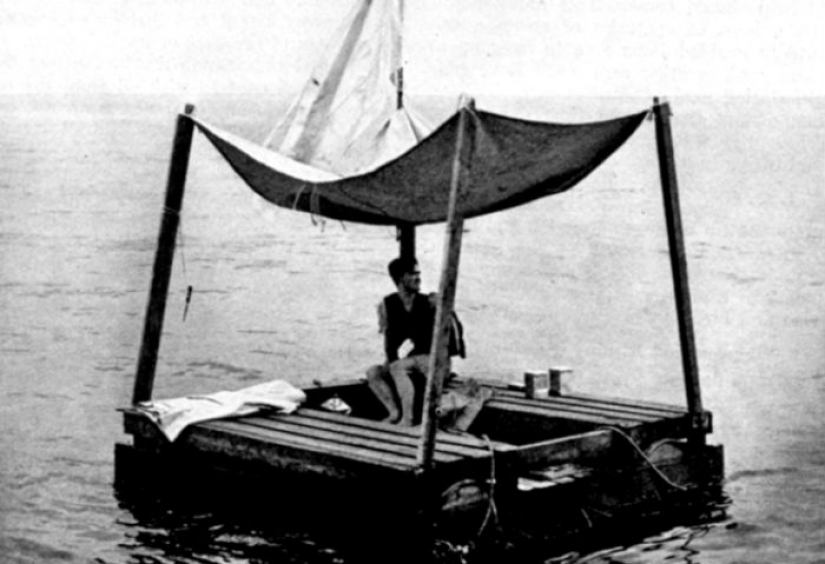
The record height, after falling from which a person managed to survive— is 10,160 meters. This record is listed in the Guinness Book and belongs to Vesna Vulovich, the only survivor of the plane crash on January 26, 1972. She not only recovered, but also wanted to go back to work — she had no fear of flying, because she did not remember the very moment of the disaster.
On August 24, 1981, 20-year-old Larisa Savitskaya and her husband were flying from their honeymoon on an AN-24 plane from Komsomolsk-on-Amur to Blagoveshchensk. In the sky at an altitude of 5220 meters, their plane collided with a Tu-16. Larisa Savitskaya was the only one of 38 people who survived.
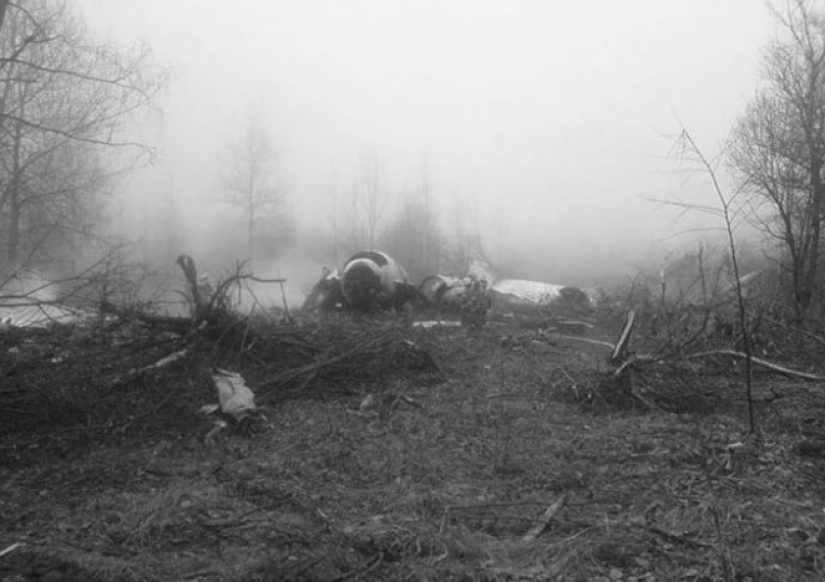
On a three-by-four-meter plane wreckage, she flew in free fall for 8 minutes. She managed to get to the chair and pressed herself into it. Later, the woman claimed that at that moment she remembered an episode from the Italian film "Miracles still happen", where the heroine survives in similar conditions. Rescue work was not carried out too actively. Graves have even been dug for all the victims of the plane crash.
Larisa Savitskaya was eventually found last. She lived for three days among the wreckage of the plane and the bodies of the dead passengers. Despite numerous injuries — concussion, spinal injuries, broken ribs and a broken arm, Savitskaya not only survived, but was also able to build herself something like a hut from the wreckage of the fuselage. When the search plane flew over the crash site, Larisa even waved to the rescuers, but they mistook her for a geologist from a nearby expedition.
Larisa Savitskaya was twice included in the Guinness Book of Records: as a person who survived a fall from a huge height, and as a person who received the minimum amount of compensation for physical damage in a plane crash - 75 rubles (in 1981 money).
On November 23, 1942, a German submarine torpedoed the British ship Ben Lomond. All members of his crew were killed. Almost all. Sailor Lin Peng managed to survive. He was lucky — during the search on the surface of the water, he found a life raft on which there was a supply of food. Lin Peng, of course, understood that food and water would run out sooner or later, so from the first day of his robinsonade, he began to prepare equipment for collecting rainwater and fishing. He stretched an awning over the raft, made a fishing line from the threads of rope found on the raft; hooks from a nail and wires from a flashlight; a knife from a metal can with which he cut up the caught fish.
Interesting fact: Lin Peng could not swim, so he was tied to a raft all the time. Lin Peng caught very few fish, but he took care of its safety - he dried on ropes stretched over the deck of his "ship". For a hundred days, his diet consisted of one fish and water. Sometimes there were algae overboard, the consumption of which prevented Lin Peng from getting scurvy.
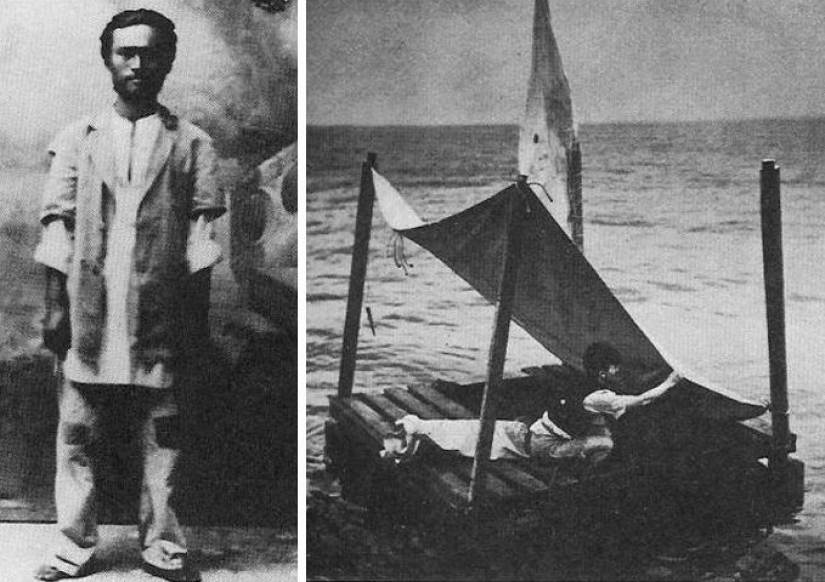
The bitter irony of Lin Peng's record-breaking voyage is that he could have been saved several times. One day they didn't take him on board a cargo ship just because he was Chinese. Then the American Navy noticed him and even threw him a rescue buoy, but the storm that broke out did not allow the Americans to complete the rescue mission. In addition, Lin Peng saw several German submarines, but for obvious reasons did not turn to them for help.
It was only in April 1943 that he noticed that the color of the water had changed, and birds began to appear in the sky every now and then. He realized that he was in the coastal zone, which means that his chances of success have increased many times.
On April 5, he was found by Brazilian fishermen, who immediately took him to the hospital. Surprisingly, Lin Peng was able to move on his own after his journey. He lost only 9 kilograms during the forced robinsonade. The recommendations of the Chinese were included in the survival instructions for the British fleet. Lin Peng's story was partly used in the creation of the film "Life of Pi".
Robinsonade is the survival of a person alone for a long time in the natural environment. The record holder in this "discipline" was Jeremy Biebs, who lived on the island for 74 years. In 1911, during a hurricane in the South Pacific Ocean, the English schooner "Beautiful Bliss" sank. Only 14-year-old cabin boy Jeremy Biebs managed to get to the shore and escape on a desert island. The boy was helped by his erudition and love of reading — he knew Daniel Defoe's novel by heart.
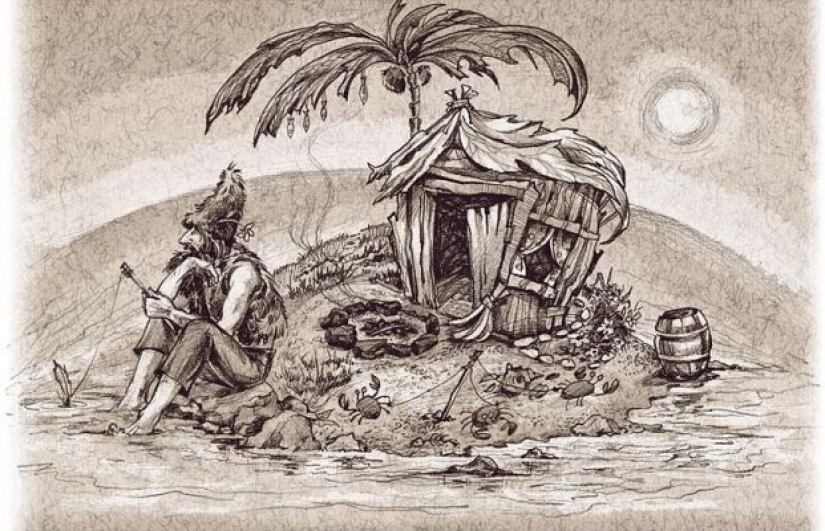
On December 24, 1971, the Lockheed L-188 Electra aircraft of the Peruvian airline LANSA hit a vast thunderstorm area, was struck by lightning, entered a zone of turbulence and began to collapse in the air at an altitude of 3.2 kilometers. He fell into the jungle, 500 kilometers from Lima. The only survivor was 17-year-old schoolgirl Juliana Margaret Koepke.

At the time of the fall, the girl was strapped to a chair. Her collarbone was broken, her right arm was injured, she was blind in one eye. Juliana's survival was helped by the fact that her father was a well-known zoologist, who instilled survival skills in extreme conditions in his daughter from childhood. Immediately after the crash, leaving attempts to find her mother among the bodies of the dead, the girl examined the luggage for food, but found only a few sweets — also a result.
Then Juliana found a stream near the place of the fall and went down its course. Only nine days later she was lucky enough to go to the boat on the river bank. With gasoline from a canister, the girl treated the wound on her right shoulder, in which larvae had already bred. The owners of the boat, who turned out to be local loggers, appeared only the next day. Juliana was fed, her wounds were treated and taken to the hospital of the nearest village.
On October 13, 1972, a plane carrying players of the Uruguayan rugby team Old Christians from Montevideo, their relatives and sponsors crashed in the mountainous region of the Andes. 27 people remained alive after the fall. Later, due to an avalanche, 8 more people died, three more died of wounds. The Uruguayans realized that there was nowhere to wait for help 11 days after the accident, when they were told on the radio that their search had been stopped and they were recognized as dead.
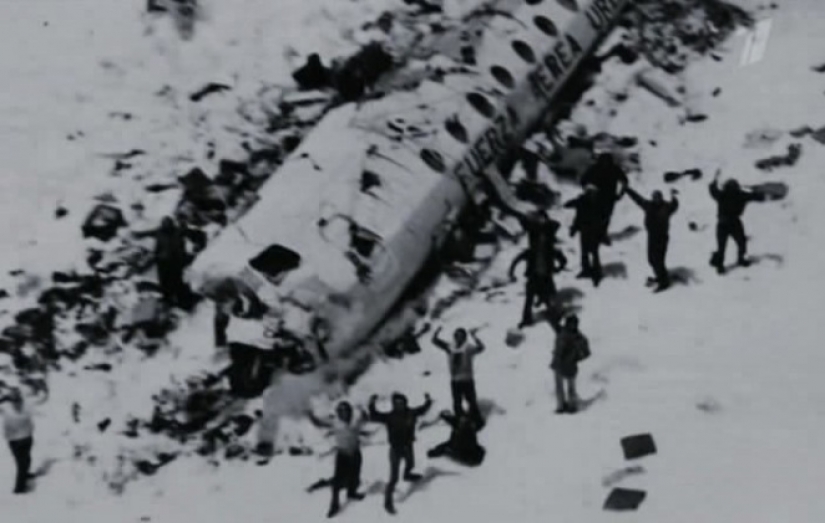
The most difficult transition was overcome by two. For 11 days without equipment and warm clothes, they walked 55 kilometers through the snowy Andes and came to a mountain river, where they met a Chilean shepherd, who informed the authorities about the surviving passengers.
Keywords: Survival | People | Death | Conditions
Post News ArticleRecent articles

Most of us think that the color of the eggshell does not play any role and it is possible not to pay attention. But it's not and ...

The more we rely on technology, the more potential power hackers gain over us. It doesn't matter if their goal is to help or cause ...
Related articles

Surely, many of you had classmates who, to put it mildly, were not distinguished by outstanding external data. Braces, strange ...

Yes, Pets benefit our health and it is proven by science. Their very existence certainly makes us happier, but also prolongs life. ...

Funerary implements in archaeology and anthropology are objects that were buried with the body, and researchers have learned quite ...

Creating a good portrait is one of the most difficult tasks for any photographer. In order to make a really natural and memorable ...